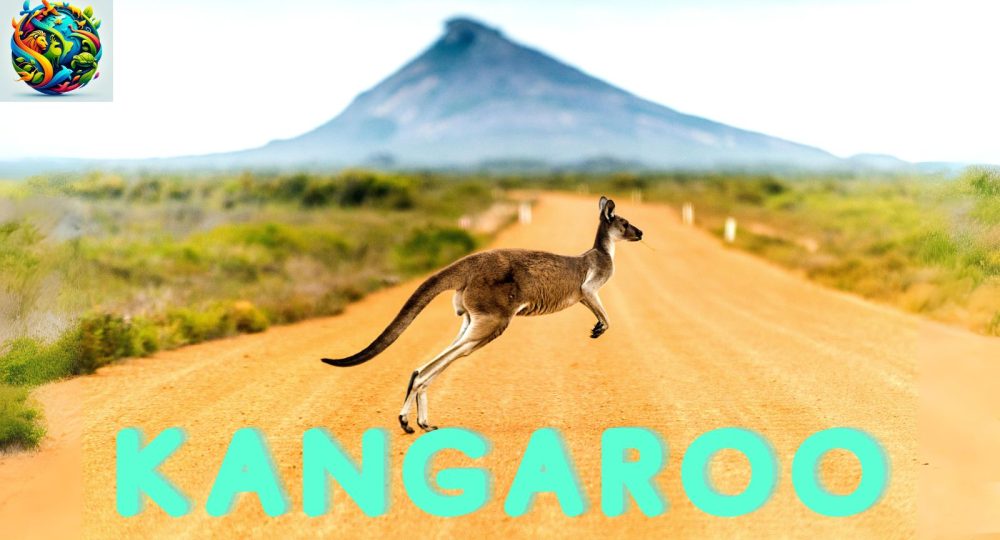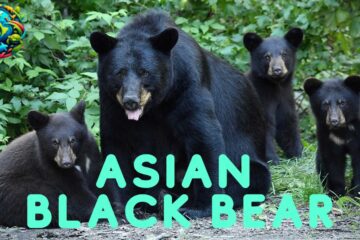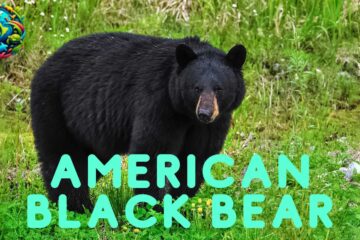Kangaroos: The Iconic Marsupial of Australia

Kangaroos: The Iconic Marsupial of Australia
Kangaroos, synonymous with the Australian outback, are remarkable creatures known for their powerful hind legs, long tails, and unique method of locomotion: hopping. These marsupials are not only a national symbol of Australia but also play a vital role in the ecosystem. This article explores their intriguing world, highlighting their biology, lifestyle, and conservation efforts to protect them.
Introduction
Belonging to the family Macropodidae, which means “big foot,” they are adept at navigating the vast, diverse landscapes of Australia. There are four main species: the Red Kangaroo (Macropus rufus), the Eastern Grey Kangaroo (Macropus giganteus), the Western Grey Kangaroo (Macropus fuliginosus), and the Antilopine Kangaroo (Macropus antilopinus). Each species has adapted to life in Australia’s unique environments, from arid deserts to fertile forests.
Amazing Facts about Kangaroos
They can hop at incredible speeds, reaching up to 60 kilometers per hour (about 37 mph) over short distances, and they can sustain a speed of 20 to 25 kilometers per hour (about 12 to 15 mph) for longer distances. This efficient mode of travel is energy-saving at high speeds, thanks to their unique muscular and skeletal structure.
Habitat/Food
They are found across Australia’s diverse environments. While each species has its own preferred habitat, they generally require access to grazing areas and shade for rest during the day. They are herbivores, feeding mainly on grasses, leaves, and shoots. Their diet is low in nutrients, which is why they have developed a specialized stomach to ferment the vegetation they consume.
Appearance
They have a distinctive appearance, with powerful hind legs designed for hopping, a strong tail used for balance, and a small head. Males are typically larger than females and can stand over 2 meters (6.5 feet) tall. Their fur color varies by species, from the red-brown of the Red Kangaroo to the lighter grey of the Eastern and Western Grey Kangaroos.
Types/Subspecies of Kangaroos
The four main species of kangaroos each have unique characteristics and habitats:
- The red kangaroo is the largest of all species, inhabiting Australia’s arid interior.
- Eastern Grey Kangaroo: common in the eastern part of Australia, including Tasmania, known for its thick grey fur.
- Western Grey Kangaroo: Found in the southern part of Western Australia, South Australia, and parts of New South Wales and Victoria.
- Antilopine Kangaroo: Resides in the northern monsoonal grasslands of Australia.
Predator and Threat
Natural predators include dingoes and large birds of prey. However, their populations are more significantly threatened by human activities, such as habitat loss due to agricultural development, vehicle collisions, and legal culling to manage their numbers, as they can impact farmland and native vegetation.
Mating
They have a unique reproductive system called embryonic diapause, which allows females to pause the development of an embryo until environmental conditions are favorable. This adaptation ensures the survival of their offspring during periods of drought or scarce food supply.
How Kangaroos Communicate
Kangaroos communicate through a series of grunts, clicks, and coughs, as well as through body language. Mothers and their joeys have a strong bond, with specific calls that allow them to recognize each other.
Conservation Efforts
Conservation efforts focus on habitat preservation, monitoring populations to ensure sustainable numbers, and implementing wildlife corridors to reduce vehicle collisions. Public education on the ecological role of kangaroos and the importance of coexistence is also key.
Pronunciation in Different Languages
- Spanish: canguro
- French: kangourou
- Mandarin: 袋鼠 (dàishǔ)
- German: Känguru
- Russian: кенгуру (kenguru)
Kangaroos are not only a symbol of Australia’s unique wildlife but also play a crucial role in their ecosystems. Understanding and protecting these marsupials is essential for maintaining the ecological balance and biodiversity of their habitats.
FAQs
Can kangaroos swim?
- Answer: Yes, they are strong swimmers. They use their powerful legs to propel themselves in water, often to escape predators.
How high can kangaroos jump?
- Answer: They can leap over obstacles up to 3 meters (about 10 feet) high and cover distances of up to 8 meters (about 26 feet) in a single hop.
Do kangaroos only live in Australia?
- Answer: While they are native to Australia, they can also be found in New Guinea. However, their populations in Australia are far more significant and diverse.
What is being done to protect kangaroos?
- Answer: Protection measures include habitat conservation, legal protections, research on population dynamics, and public education on the importance of kangaroos to Australia’s ecosystems.






